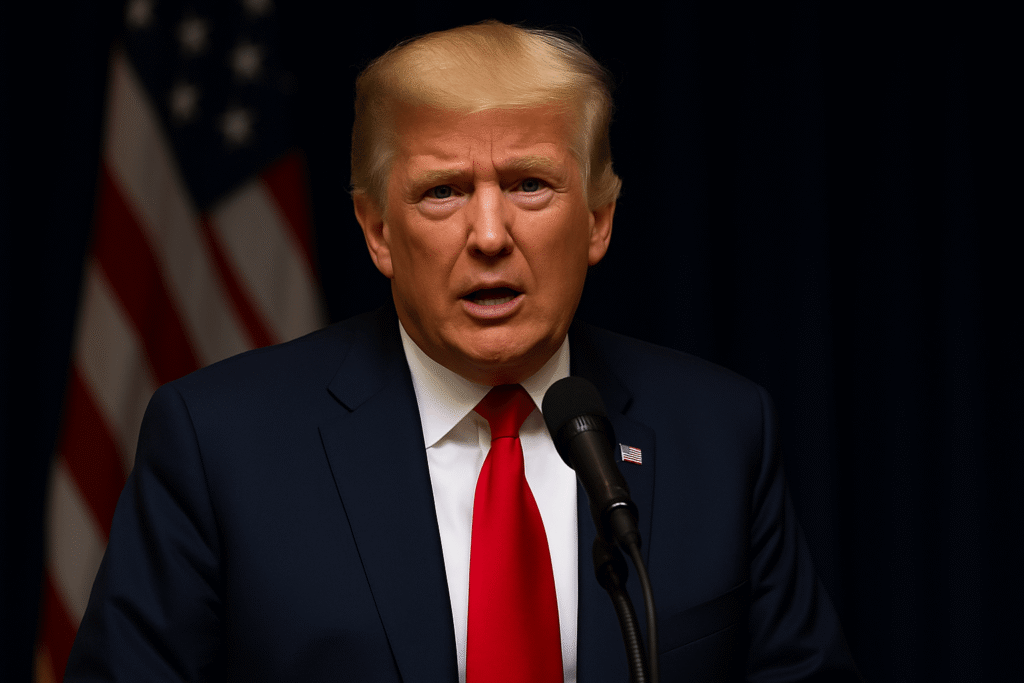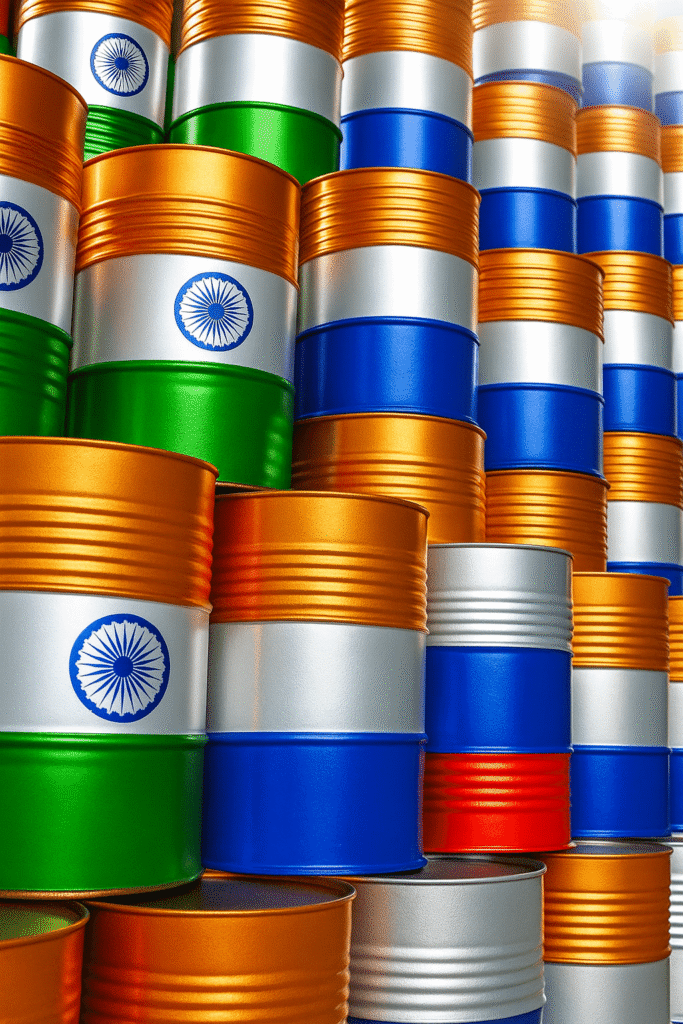
The announcement of the Trump 50% tariff on India has sent shockwaves through global markets and diplomatic corridors. Prime Minister Narendra Modi wasted no time in initiating talks with Brazilian President Luiz Inácio Lula da Silva and planning a crucial meeting with Chinese President Xi Jinping during the upcoming SCO summit 2025. The move signals New Delhi’s determination to counter mounting trade pressure and safeguard its economic interests.
In the same week, tensions between Washington and New Delhi escalated further as the tariff decision threatened billions in bilateral trade. For India, the stakes are not just about exports; they are about maintaining strategic autonomy in a world increasingly defined by geopolitical rivalries.
Why the Trump 50% Tariff on India Could Reshape Global Trade
The Trump 50% tariff on India is not an isolated policy shift it’s a calculated strike in the broader India US trade war. The White House claims the tariffs aim to rebalance trade and penalize India for continuing India Russia oil imports, which Washington says undermine global sanctions on Moscow.

Despite American pressure, India has made it clear it will continue purchasing Russian crude, citing the need to keep domestic fuel prices stable. “This decision is about our national interest,” an Indian government official said. “We will not compromise our energy security for political pressure.”
The tariffs have also targeted Brazil another BRICS member intensifying speculation that Washington is taking a tougher stance against the bloc. Analysts warn this could lead to a deeper Trump tariffs on BRICS conflict, pushing emerging economies to deepen cooperation outside the Western-led trade framework.
Modi’s Global Outreach Amid Trade Turbulence
PM Modi’s immediate call with Lula is more than symbolic it’s strategic. Brazil, like India, faces steep U.S. tariffs and has a vested interest in forming a unified response. This diplomatic outreach could set the stage for a coordinated BRICS trade strategy in the months ahead.
Modi’s planned trip to China is equally significant. The last time he met Xi Jinping was at the BRICS summit in Kazan in 2024. Relations between the two nations have been cautiously improving after the 2020 border clashes, and the Modi Xi Jinping meeting at the SCO summit 2025 could be pivotal in aligning positions on global trade and security.
China remains Russia’s largest crude oil buyer, and like India, it has resisted U.S. pressure to cut energy ties with Moscow. This shared stance creates a natural space for deeper economic cooperation between Asia’s two largest economies.
Oil, Sanctions, and Strategic Balancing
One of Washington’s biggest grievances is New Delhi’s continued purchase of discounted Russian crude. Since the Ukraine conflict began, India Russia oil imports have surged, making India the third-largest global oil consumer with an increasing reliance on Moscow’s supply.
In public, Trump has called on India to stop these acquisitions, claiming they subtly aid Russia’s military campaign. His administration has also floated the idea of expanding US sanctions on Russian oil to target more countries, though so far, no formal measures against China have been announced.
Yet, critics point out a glaring inconsistency while India faces tariffs for its oil trade with Russia, The European Union and the United States continue to buy Russian commodities, including enriched uranium and liquefied natural gas, valued billions of dollars. This double standard has not gone unnoticed in New Delhi.
India’s Response: Defiance with Diplomacy
In response to the tariff escalation, India’s Ministry of External Affairs issued a strong statement calling the decision “unjust, unfair, and unreasonable.” The administration indicated that retaliatory actions are still possible by promising to “take all necessary steps to protect national interests.”
Sources suggest India is considering diversifying its trade partners even further, exploring deeper agreements with Southeast Asian economies and strengthening South-South cooperation. The Trump 50% tariff on India, instead of isolating the country, may accelerate its push to create alternative trade pathways that reduce dependency on U.S. markets.







